CtEH’s Facilities Upgrade and Mechanization Improvement project: Modernizing breeding research stations in Africa for higher genetic gains
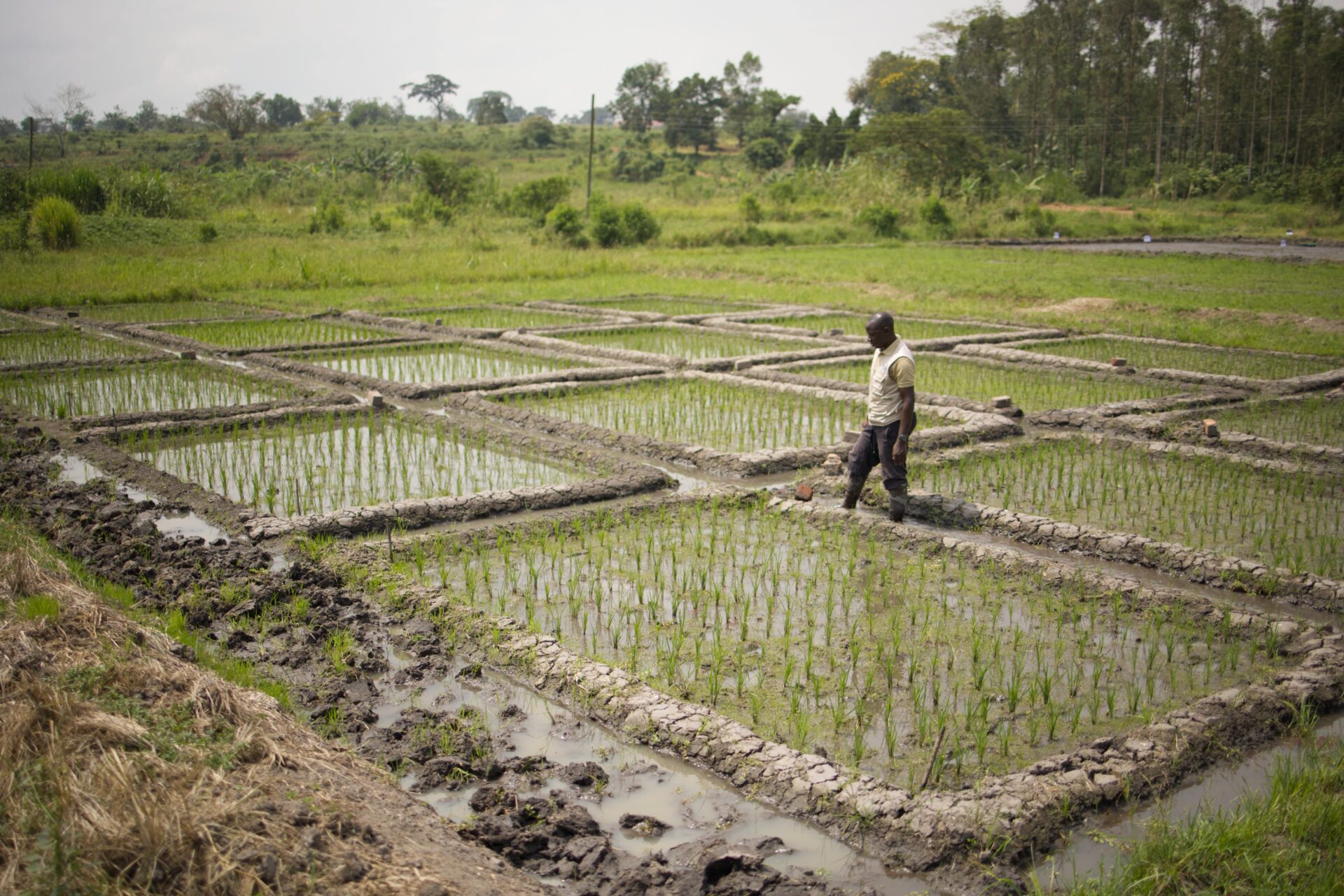


In the face of complex climate risks in Uganda, maize breeders are ensuring smallholder farmers have access to high-yielding and stress-tolerant maize varieties. Breeding programs from Uganda’s National Agricultural Research Organisation (NARO), International Maize and Wheat Improvement Center (CIMMYT), and private companies have worked together to reach real progress – and have identified steps to advance even further.
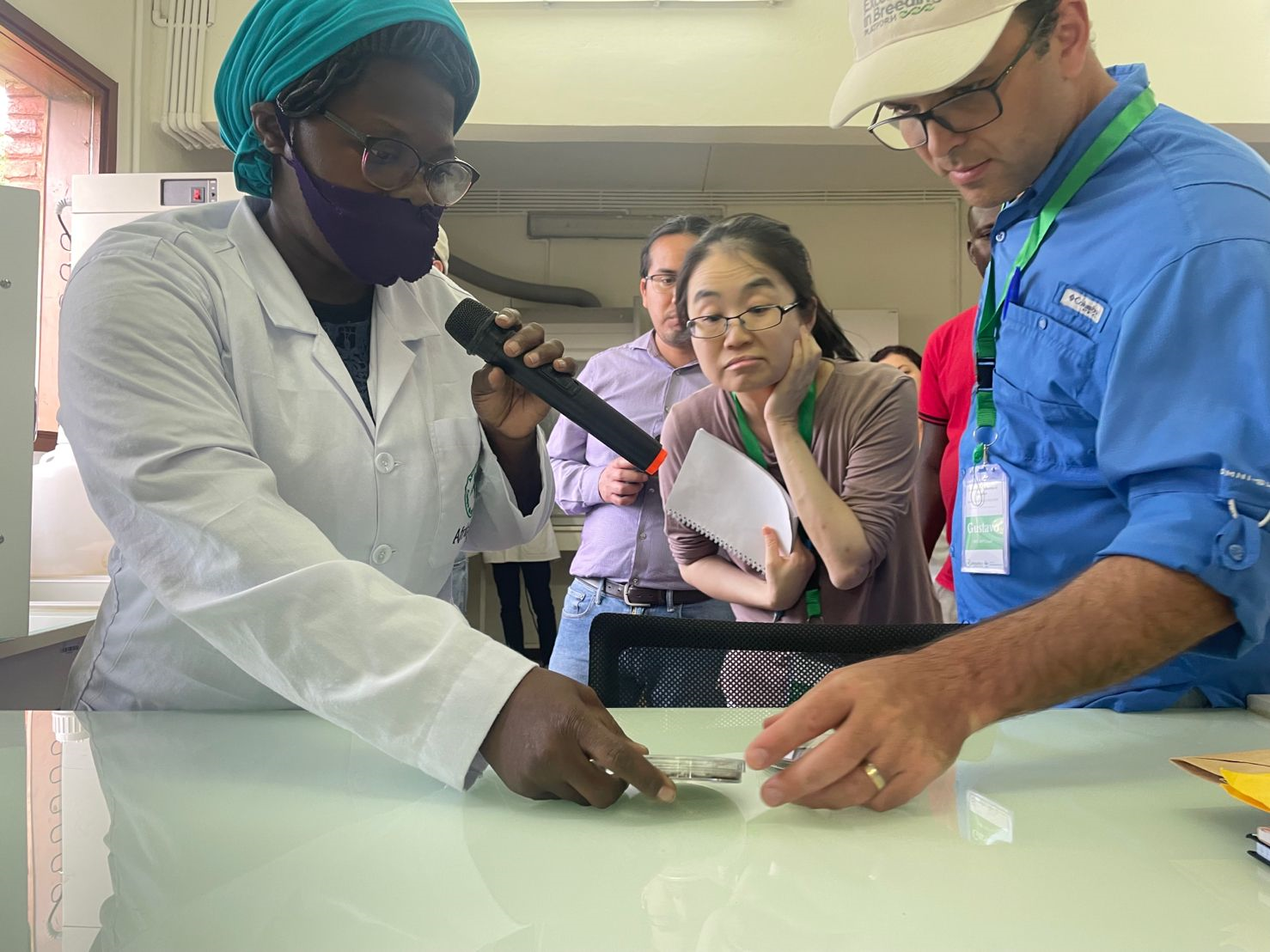
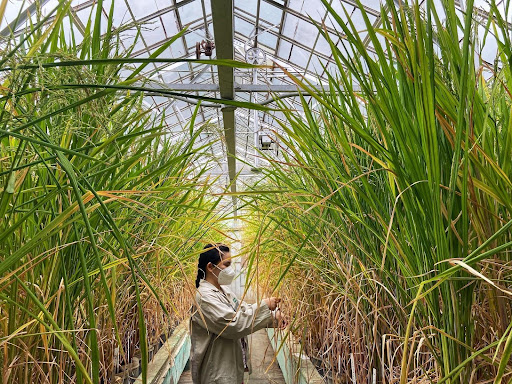
Source: IRRI
Public breeding is undergoing a slow transformation as it adopts better, faster, more modern technologies and practices – all with the goal of ensuring farmers get the crop varieties they need.
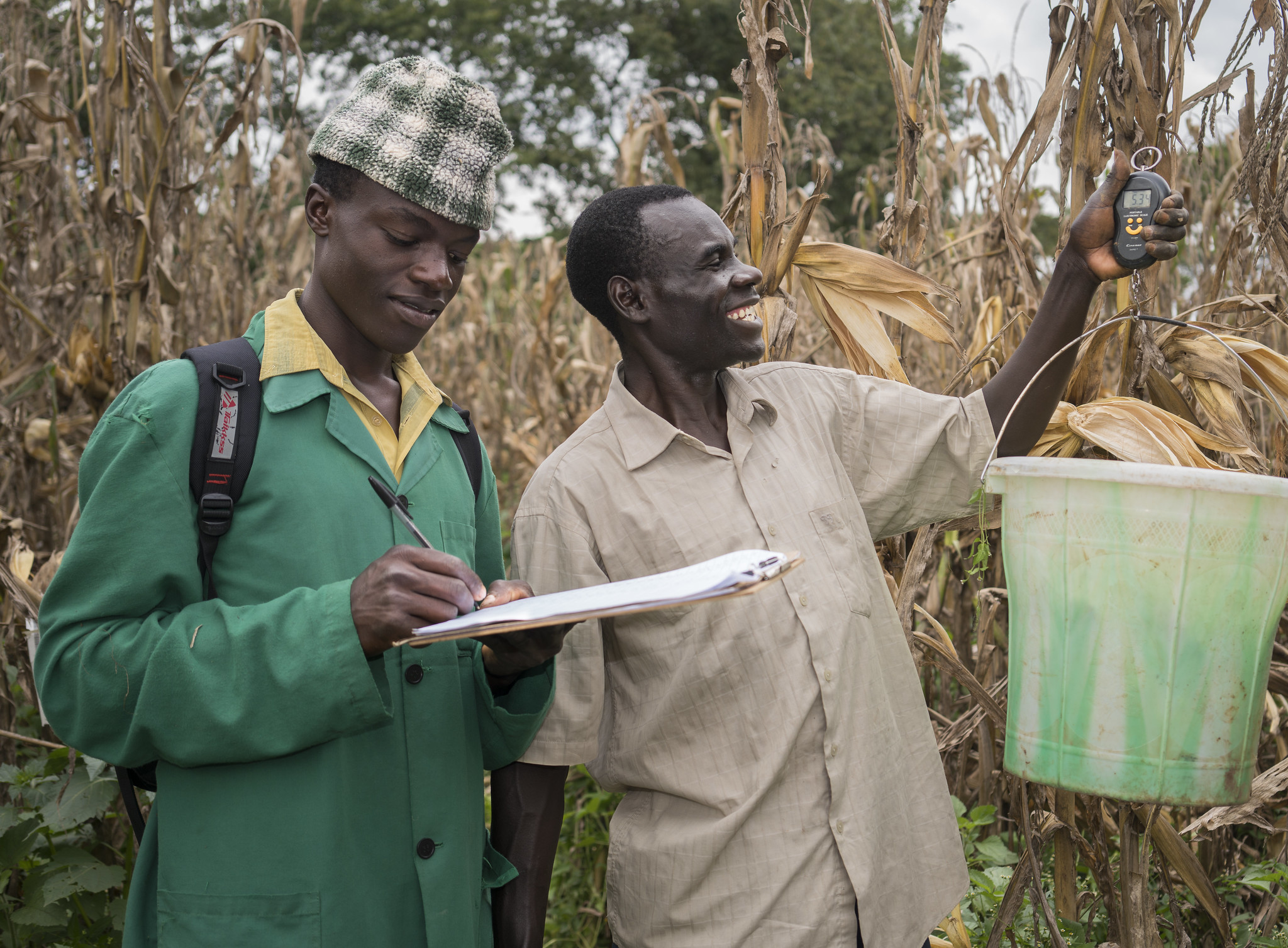
Maize cobs are weighed at the KALRO research station in Kakamega. Credit: CIMMYT/ Peter Lowe.
Banana breeding programs in East Africa are starting to use genetic analysis to speed up varietal improvement, thanks to open data and access to low-cost services.
In the past, plant breeding has helped avert entire famines by changing a handful of genes in key crop varieties. But today's breeders must meet similar challenges with consistent excellence, making the right decisions each season to refine natural genetic diversity into a multitude of hard-working food crops.
With newly accessible genotyping technologies, African crop breeding programs have partnered with EiB to start using genotyping resources to improve accuracy and efficiency.
As breeders strive for higher-yielding, climate-resilient and nutritious crops, genotyping is intensifying the speed and accuracy of achieving breeding goals. But new technologies have often been out-of-reach for national breeding programs in developing countries.
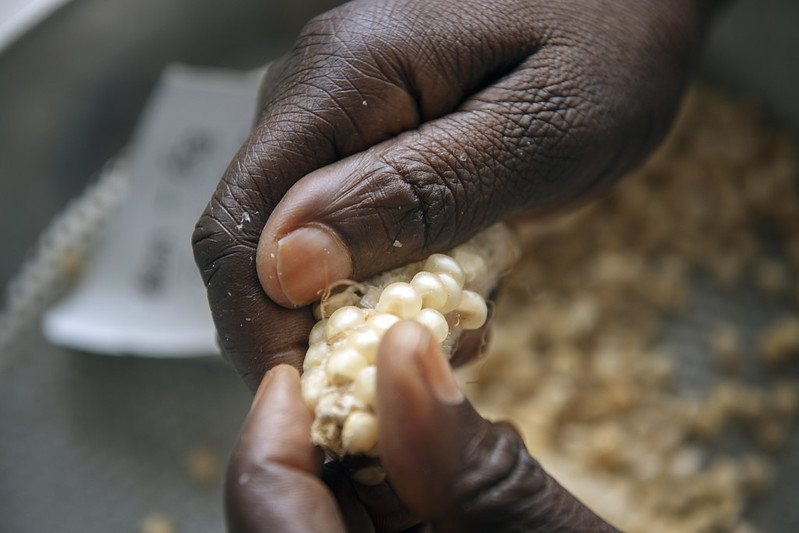
By adopting best practices and established modern tools, NARS (national agricultural research systems) are making data-driven decisions to boost genetic improvement. And they are measuring this progress through tracking and setting goals around “genetic gain.”